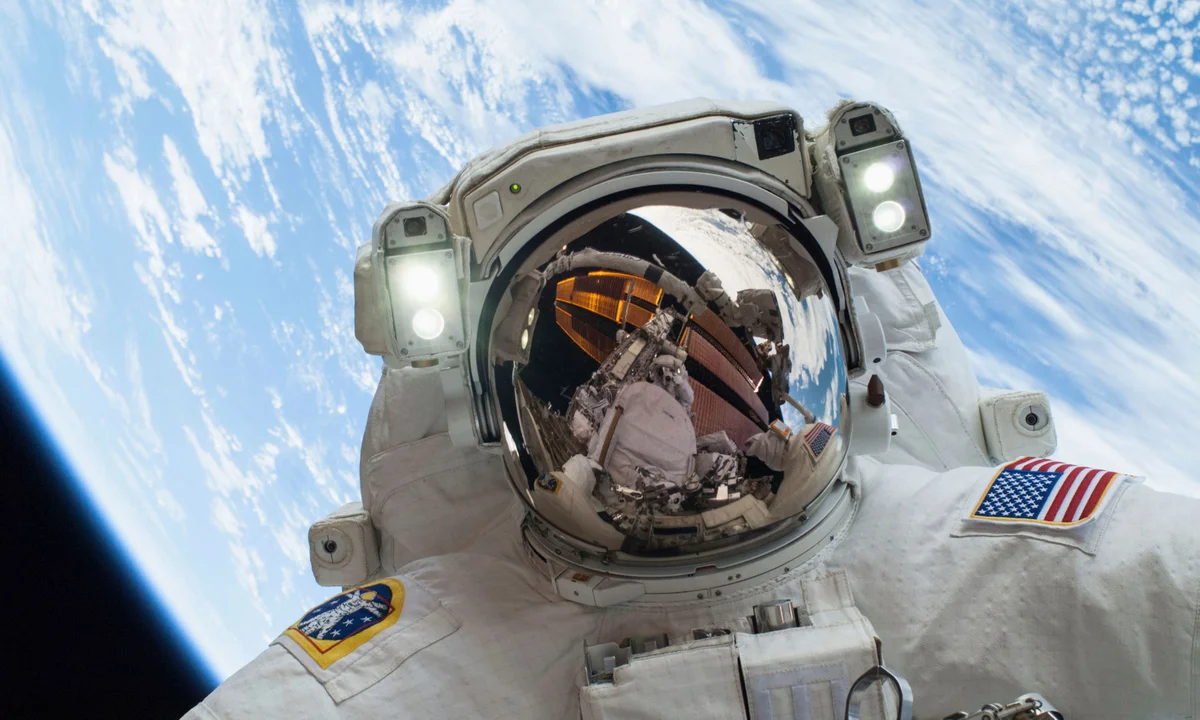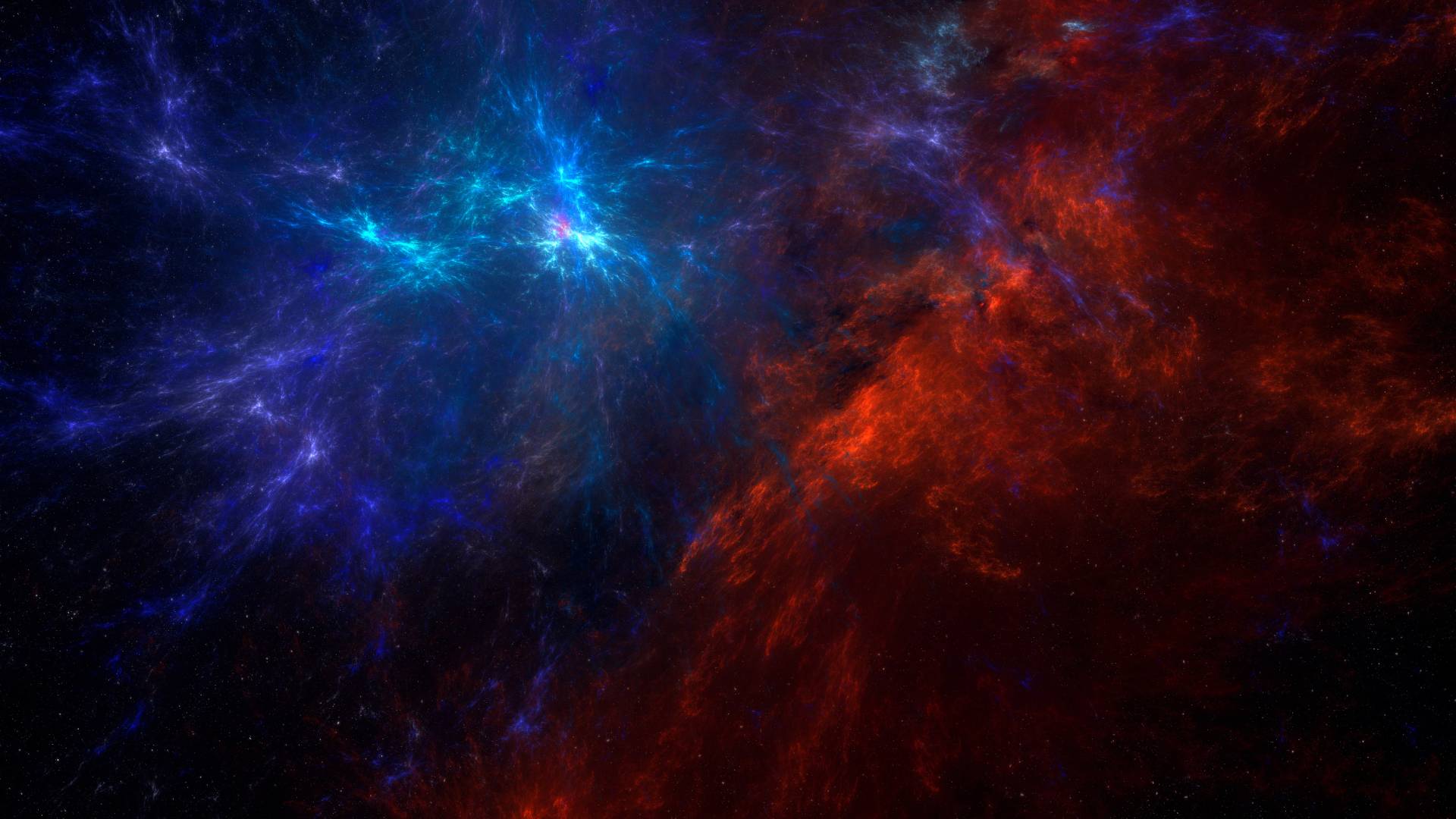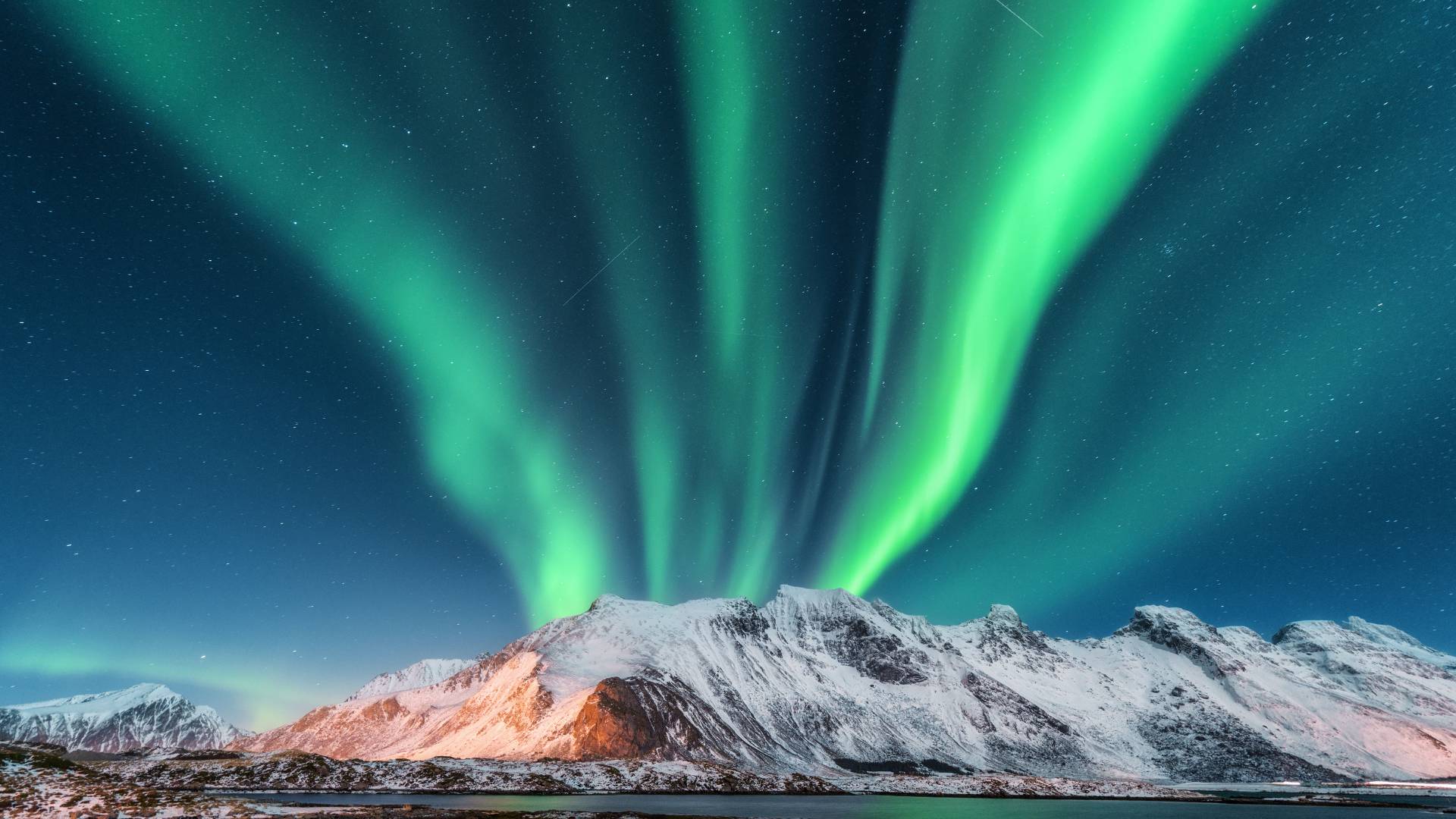If you’ve ever looked up at the night sky and spotted a bright, fast-moving dot, you might have seen something extraordinary — the International Space Station (ISS).
Orbiting hundreds of kilometers above our heads, the ISS is humanity’s permanent home in space, where astronauts live, work, and conduct groundbreaking scientific research.
In this article from Spaceyv, we’ll explain what the International Space Station is, how it works, who lives there, and why it’s one of the most important achievements in human history.
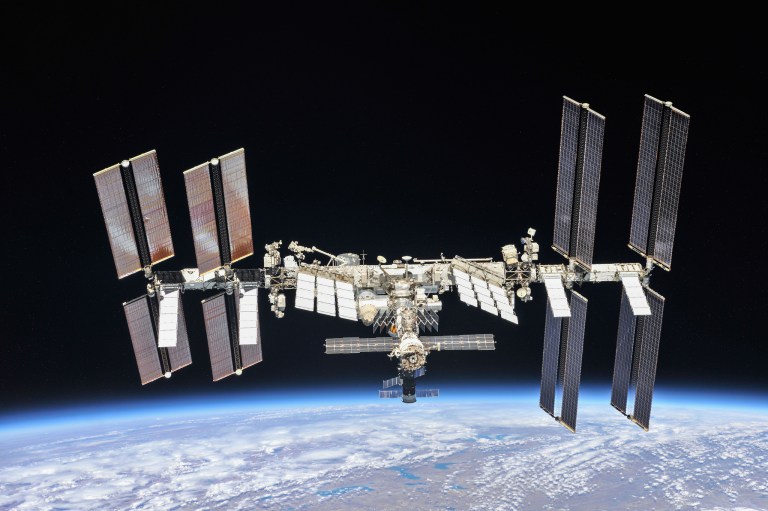
🌍 Introduction: Humanity’s Home Among the Stars
The International Space Station (ISS) is a massive spacecraft and research laboratory that orbits Earth at an altitude of about 400 kilometers (250 miles).
It’s not just a spacecraft — it’s a symbol of global cooperation between countries that once competed in the space race.
Built by a partnership of five major space agencies — NASA (United States), Roscosmos (Russia), ESA (Europe), JAXA (Japan), and CSA (Canada) — the ISS has been continuously inhabited by humans since November 2000.
That means for over two decades, there has never been a single moment when people weren’t living and working in space. 🌌
🚀 Quick Facts About the ISS
| Feature | Details |
|---|---|
| Launch Date | First module launched on November 20, 1998 |
| First Crew Arrival | November 2, 2000 |
| Orbit Altitude | ~400 km (250 miles) above Earth |
| Speed | 28,000 km/h (17,500 mph) — 16 orbits per day |
| Size | About the size of a football field (109 meters end to end) |
| Crew | 3–10 astronauts (varies per mission) |
| Partner Agencies | NASA, Roscosmos, ESA, JAXA, CSA |
🌌 What Is the Purpose of the International Space Station?
The ISS serves as a microgravity laboratory, a testbed for future space missions, and a symbol of international scientific collaboration.
Let’s break down its three main purposes:
1. Scientific Research
The ISS provides an environment that cannot be replicated on Earth — microgravity (near-weightlessness).
This allows scientists to study how living things, materials, and physical processes behave without the influence of gravity.
Key research areas include:
-
Human physiology and bone density in microgravity
-
Plant growth and food production in space
-
Combustion and fluid behavior in zero gravity
-
DNA, protein crystallization, and drug development
Experiments conducted on the ISS help scientists make medical, environmental, and technological advancements that benefit life on Earth.
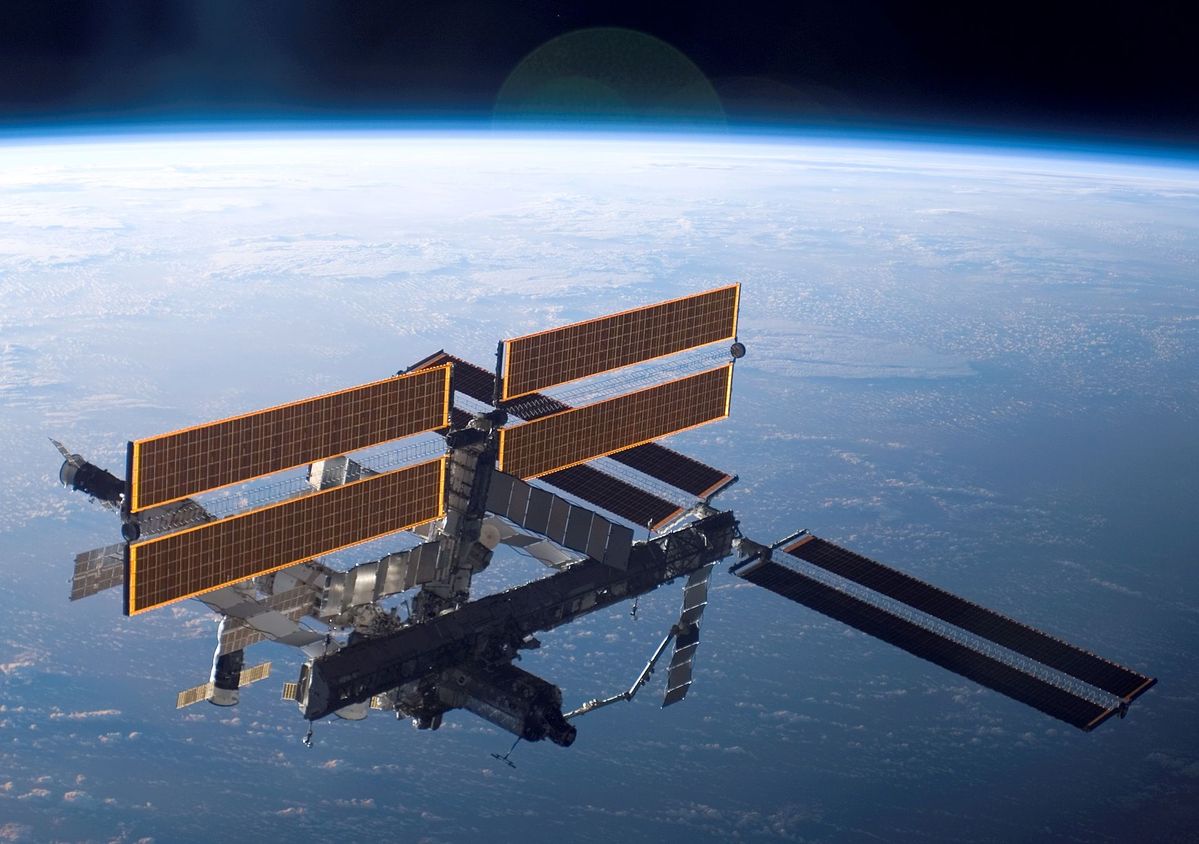
2. Testing Space Technologies
Before humans can travel to the Moon or Mars, space agencies need to test:
-
Life support systems
-
Space suits and habitats
-
Power systems
-
Robotics
The ISS acts as a stepping stone for deep-space missions — a place to test and refine technology that will be used on future missions to the Moon (Artemis program) and Mars.
3. International Cooperation
Perhaps the most inspiring part of the ISS is its global teamwork.
Former rivals in the space race now share a single space home, proving that science unites nations.
More than 100 countries have contributed experiments, equipment, or crew members to the station.
🧱 How the ISS Was Built
The ISS wasn’t launched all at once — it was assembled piece by piece in orbit.
🛰️ 1. The First Module: Zarya (1998)
The journey began with Zarya, the first module launched by Russia in 1998. It provided power and propulsion.
🧩 2. The US Module: Unity
A few weeks later, NASA’s Unity module was added, connecting Russian and American sections.
🧠 3. The Core Module: Zvezda
In 2000, Russia launched Zvezda, providing living quarters and life-support systems.
This allowed the first crew to move in — Expedition 1 in November 2000.
🧬 4. The European, Japanese, and Canadian Additions
-
ESA’s Columbus Laboratory (2008) focuses on biology and materials research.
-
JAXA’s Kibo Module (2008) adds a unique space exposure platform for experiments.
-
Canada’s Canadarm2 (2001) helps assemble and maintain the ISS.
Over time, dozens of other modules, trusses, solar panels, and docking ports have been added — making the ISS one of the most complex structures ever built by humans.
🌞 Orbit and Movement: The Station That Never Sleeps
The ISS travels around Earth at 28,000 kilometers per hour — fast enough to orbit the planet 16 times a day.
That means astronauts aboard the station experience 16 sunrises and 16 sunsets every 24 hours!
Because it moves so quickly, it only takes about 90 minutes to complete one orbit.
🌎 How to See the ISS from Earth
You don’t need a telescope!
The ISS is bright enough to be seen with the naked eye — it looks like a bright, fast-moving star.
You can check NASA’s tracker to find when it passes over your location:
🔗 NASA Spot The Station
👩🚀 Life on the ISS: Living in Space
Living on the ISS is both exciting and challenging.
Astronauts work around the clock to maintain the station, conduct experiments, and stay healthy in zero gravity.
🥗 Food and Eating
Astronauts eat mostly freeze-dried meals. To rehydrate food, they add water and heat it up.
Fluids are drunk through straws — no floating droplets allowed!
💤 Sleeping
They sleep in sleeping bags attached to the wall to prevent floating around. Each astronaut gets a small private cabin.
🚿 Hygiene
There are no showers. Astronauts use rinse-free wipes and waterless shampoo. Waste management systems recycle most water from humidity and even urine.
💪 Exercise
Microgravity causes muscle and bone loss, so astronauts must exercise for two hours every day using treadmills, stationary bikes, and resistance machines.
🖥️ Daily Work
Astronauts spend their days:
-
Conducting science experiments
-
Performing maintenance and spacewalks
-
Communicating with mission control
-
Taking stunning photos of Earth
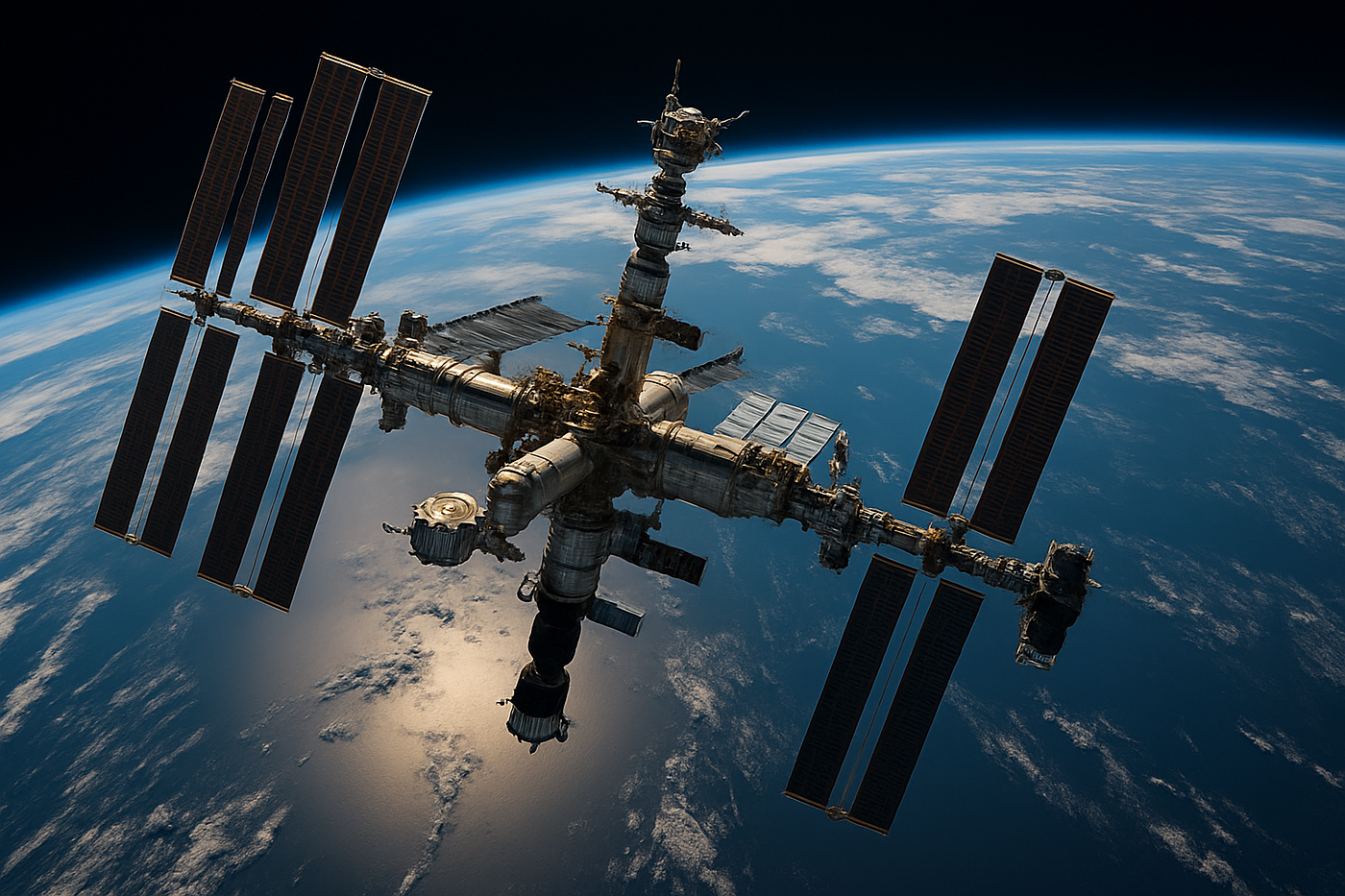
🧬 Scientific Experiments on the ISS
The ISS is essentially a space laboratory orbiting Earth.
Here are some examples of groundbreaking experiments conducted there:
-
Protein Crystal Growth (PCG): Helps scientists design new medicines by studying how proteins form in microgravity.
-
Advanced Plant Habitat (APH): Studies plant growth in space — critical for future Mars missions.
-
Alpha Magnetic Spectrometer (AMS): A particle physics experiment searching for dark matter and antimatter.
-
Fluid Dynamics Studies: Helps improve fuel systems, cooling systems, and even soap bubbles on Earth.
-
Human Research Program (HRP): Examines how spaceflight affects the human body — from eyesight to DNA changes.
All of this data helps humanity prepare for long-term space travel and improve life back home.
🤝 Who Owns and Operates the ISS?
The ISS is not owned by any single nation — it’s a joint international project.
🌍 Partner Space Agencies:
-
NASA (United States)
-
Roscosmos (Russia)
-
ESA (European Space Agency)
-
JAXA (Japan)
-
CSA (Canada)
Each agency manages different modules, missions, and research programs.
This partnership has helped reduce costs, share knowledge, and keep the ISS operational for over 20 years.
🔧 How the ISS Generates Power and Stays in Orbit
☀️ Power
The ISS is powered by eight massive solar arrays, generating about 90 kilowatts of electricity — enough to power 50 houses!
Solar panels charge batteries that provide energy when the station is in Earth’s shadow.
🛰️ Orbit Maintenance
Earth’s thin atmosphere causes drag, slowly lowering the ISS’s orbit.
To prevent it from falling, spacecraft like Progress (Russia) or Cygnus (U.S.) periodically reboost its altitude.
🧩 What Will Happen to the ISS in the Future?
The ISS is aging. It was designed to operate for about 15 years, but upgrades have extended its life to at least 2030.
After that, space agencies plan to:
-
Replace it with commercial space stations (like Axiom Space and Blue Origin’s “Orbital Reef”).
-
Use modules from the ISS as part of future lunar or Mars missions.
-
Safely deorbit the remaining structure into the Pacific Ocean to prevent space debris.
🛰️ The Future: From ISS to Deep Space
The ISS has paved the way for the next era of exploration — the Artemis program (Moon) and future Mars missions.
It has proven humans can live, work, and thrive beyond Earth.
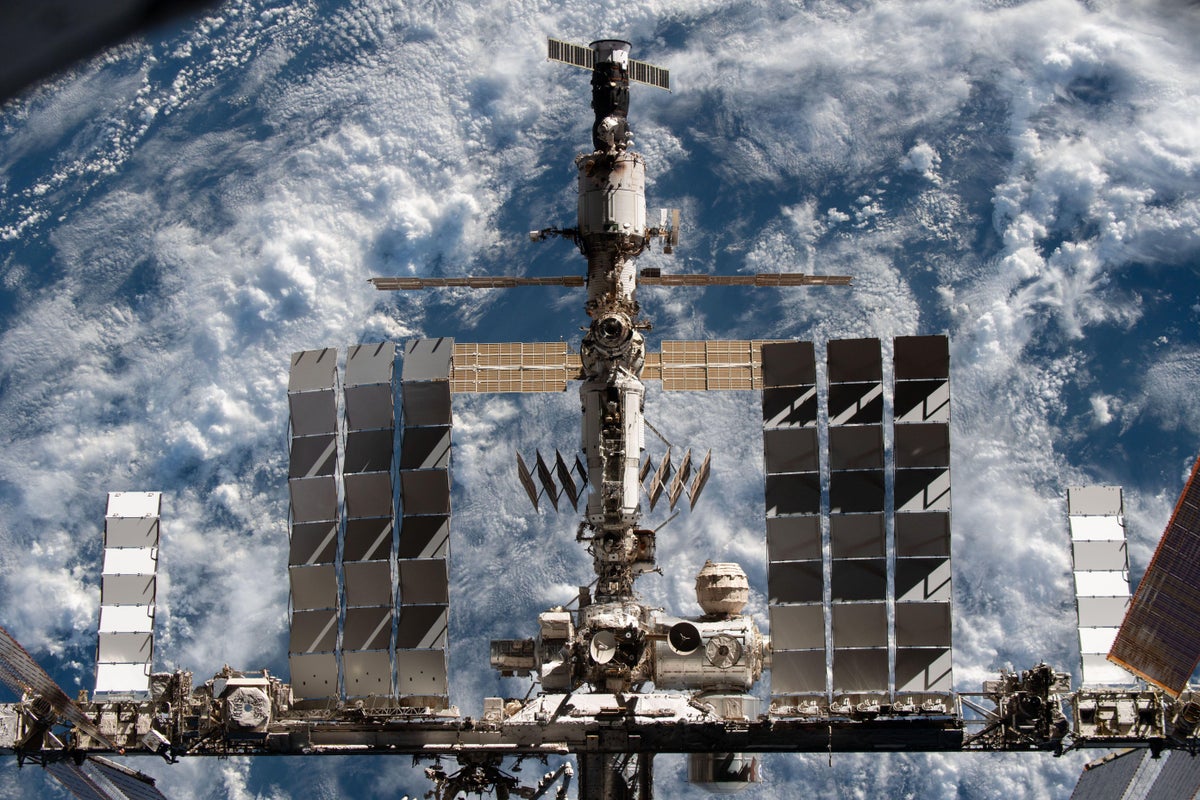
🌠 Famous Astronauts Who Lived on the ISS
Many astronauts have spent time aboard, including:
-
Chris Hadfield (Canada) — known for his music videos from space.
-
Peggy Whitson (USA) — holds the record for most cumulative days in space (over 665).
-
Yuri Gidzenko (Russia) — part of the first ISS crew.
-
Samantha Cristoforetti (Italy) — ESA astronaut and social media communicator.
-
Scott Kelly (USA) — spent one full year aboard to study long-term effects on the human body.
🧭 Why the ISS Matters
The International Space Station is more than just a structure in orbit — it’s humanity’s laboratory, classroom, and outpost in space.
It represents:
-
International unity and cooperation
-
Scientific innovation
-
Inspiration for future generations
Without the ISS, we wouldn’t know how humans adapt to long-term spaceflight, how to grow food in space, or how to build the next generation of habitats beyond Earth.
📚 Trusted Resources for Learning More About the ISS
To go even deeper into this topic, here are three authoritative resources:
-
🔗 NASA: International Space Station Overview
Official NASA resource with live updates, photos, and educational materials. -
🔗 ESA: European Space Agency ISS Page
Covers European contributions, experiments, and astronaut missions. -
🔗 Encyclopedia Britannica: International Space Station
Comprehensive overview with historical and scientific context.
🌌 Conclusion: The Legacy of the International Space Station
The International Space Station stands as one of humanity’s greatest scientific and engineering achievements.
It’s not just a machine orbiting Earth — it’s a living experiment, proving that people from different nations can work together peacefully, even 400 kilometers above our planet.
From studying how humans adapt to space, to inspiring millions to look up in wonder, the ISS has transformed our understanding of what’s possible.
As we prepare for the next chapter — building lunar bases and exploring Mars — the lessons from the ISS will continue to guide us.
Because before we go farther into space, we must remember:
Our first true home beyond Earth was — and still is — the International Space Station.

